Historical evidence of how ancient humans used fire
Fire has always been a captivating element, flickering with mystery and warmth. Our fascination with fire goes back to the dawn of humanity, where it played a crucial role in our survival and development.
Imagine our ancestors, huddled around a fire, discovering its potential to transform their world. But how did they first harness this powerful force? Let’s embark on a journey to ignite curiosity about the ancient use of fire and its impact on human history.
The Earliest Evidence: Searching for the First Flames

The quest to find the first flames leads us to places like Wonderwerk Cave in South Africa. Here, evidence of controlled fire use dates back about one million years.
Tiny ash particles and charred bones suggest our ancestors were not only capable of using fire but may have understood its benefits. Such findings are crucial, as they push back the timeline of controlled fire use, offering insights into the cognitive abilities of early humans.
How Archaeologists Unearth Ancient Fire Use
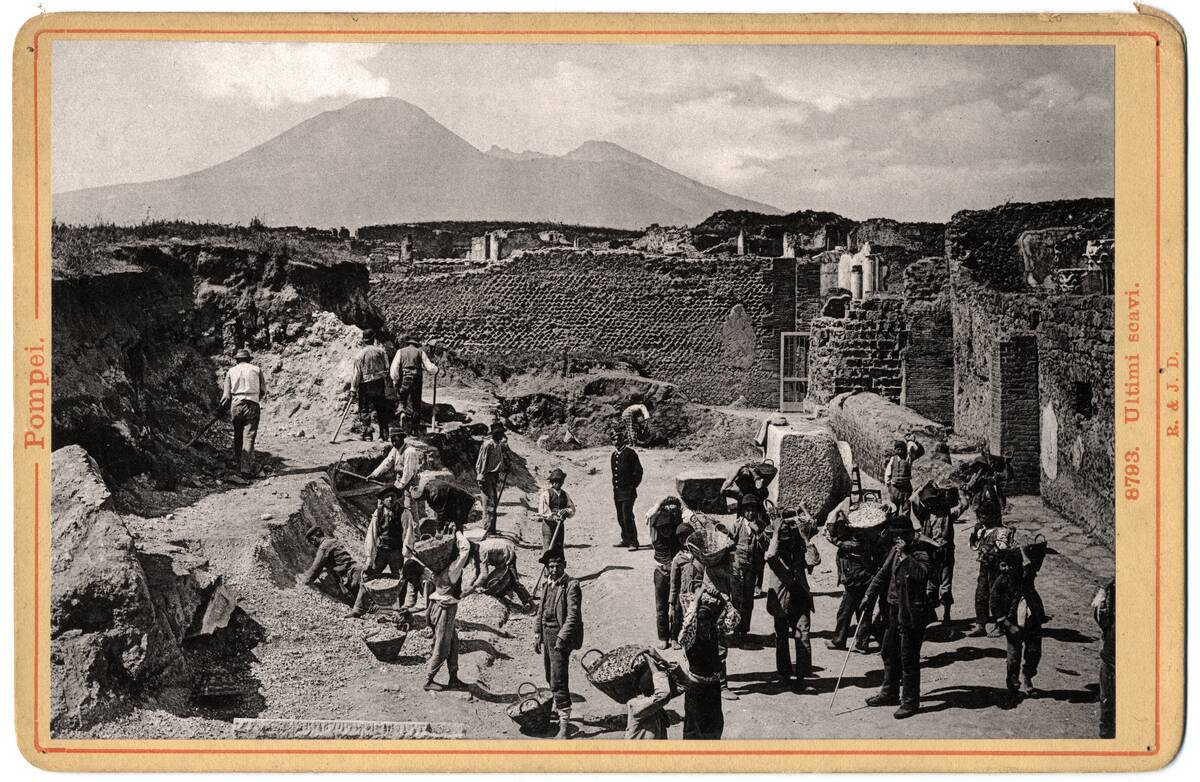
Archaeologists rely on a variety of techniques to uncover evidence of ancient fire use. They look for telltale signs such as charred bones, heat-altered stones, and ash layers in archaeological sites.
Advanced methods like micromorphology allow scientists to study soil samples in extreme detail, revealing the presence of ancient hearths. These discoveries not only inform us about fire use but also about the environments and lifestyles of early humans.
The Role of Fire in Early Human Survival
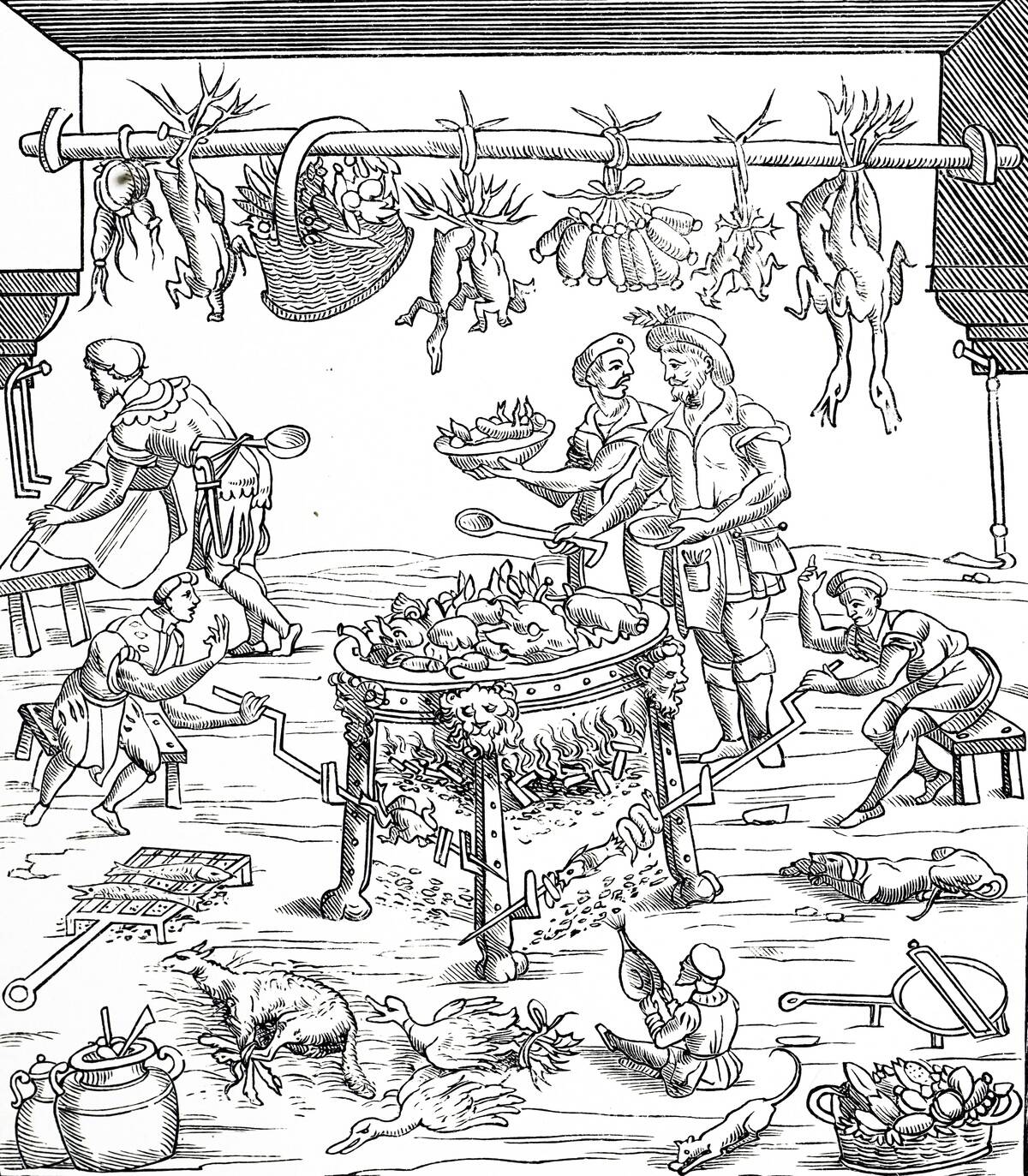
Fire played a pivotal role in the survival of early humans by providing warmth in colder climates, thus enabling migration to new regions. It also served as a deterrent against predators and was instrumental in hunting and gathering activities.
The ability to cook food reduced the risk of disease from bacteria and parasites, vastly improving health and lifespan. Fire’s multifaceted role underscores its importance as a cornerstone of human survival and adaptation.
Cooking Evidence: Fire’s Culinary Debut
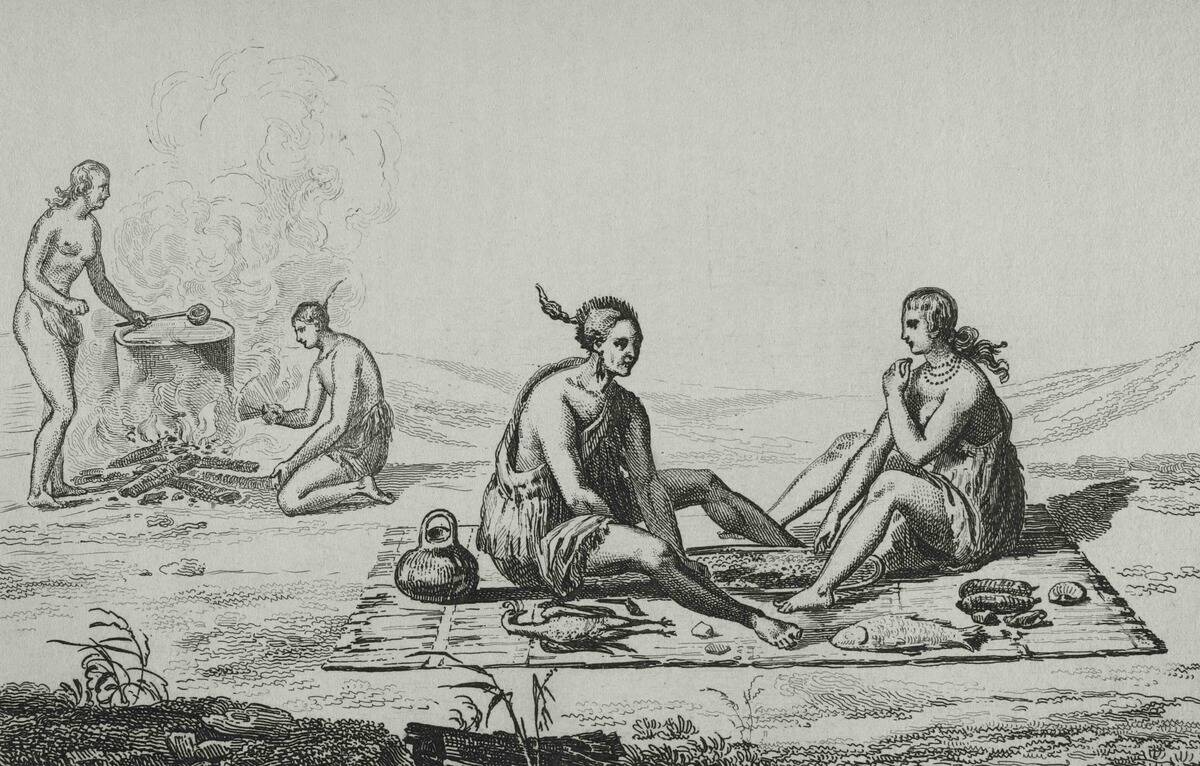
The use of fire for cooking marked a significant milestone in human evolution. It allowed early humans to consume a wider variety of foods, breaking down complex carbohydrates and proteins, which increased energy intake.
Evidence from sites like Gesher Benot Ya’aqov in Israel, dating back over 780,000 years, shows the use of fire for cooking. This culinary leap not only changed diets but also had profound effects on social structures, as mealtime became a communal event.
Fire as a Tool for Landscape Management
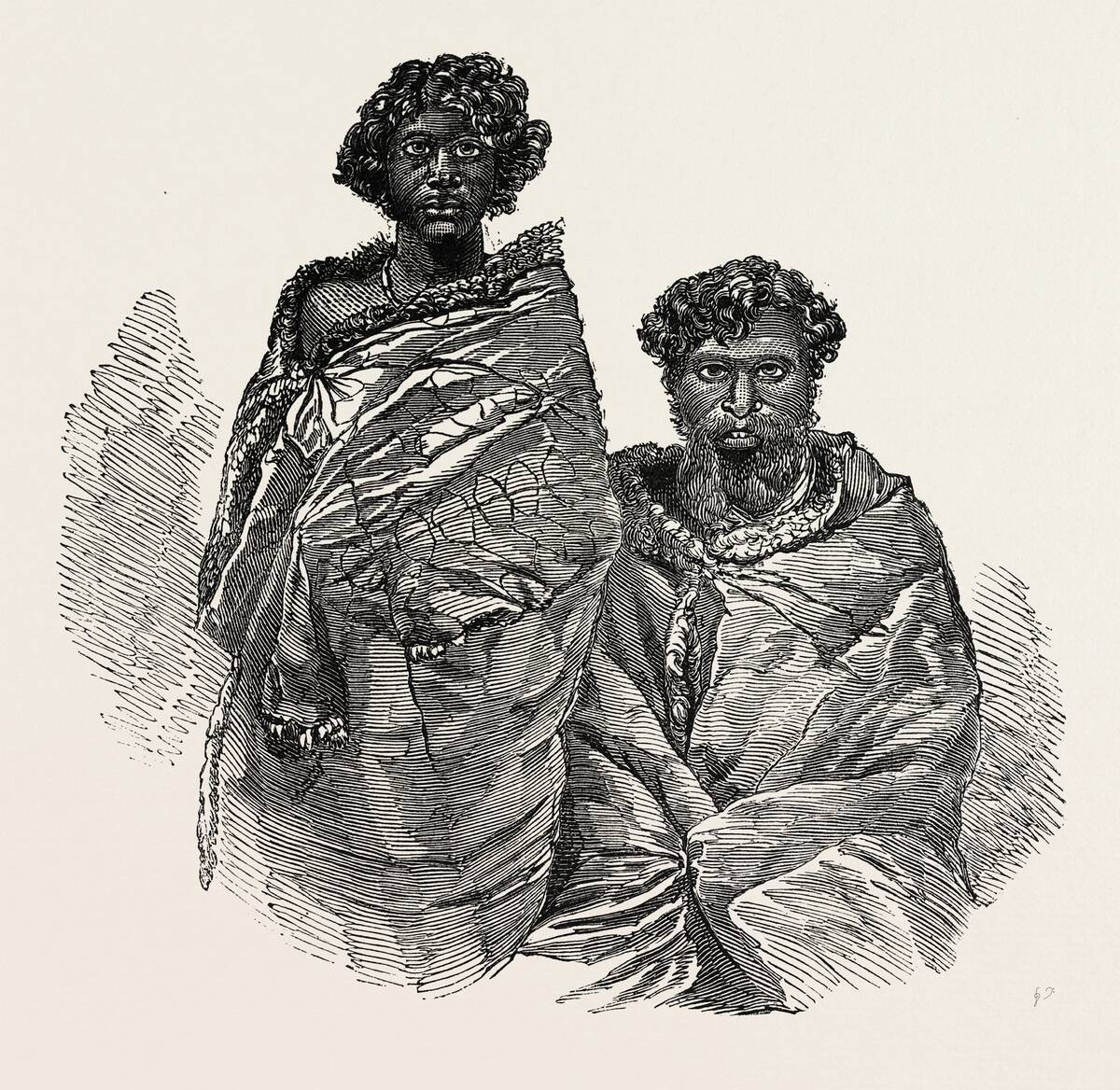
Early humans used fire strategically to manage landscapes, a practice known as fire-stick farming. This involved setting controlled fires to clear land, promote the growth of specific plants, and drive game during hunts.
Such techniques were not only innovative but also demonstrated a deep understanding of ecological systems. Evidence from Australia suggests that Aboriginal people have been using fire for landscape management for tens of thousands of years, highlighting its long-standing significance.
Cultural Implications: Fire in Rituals and Traditions
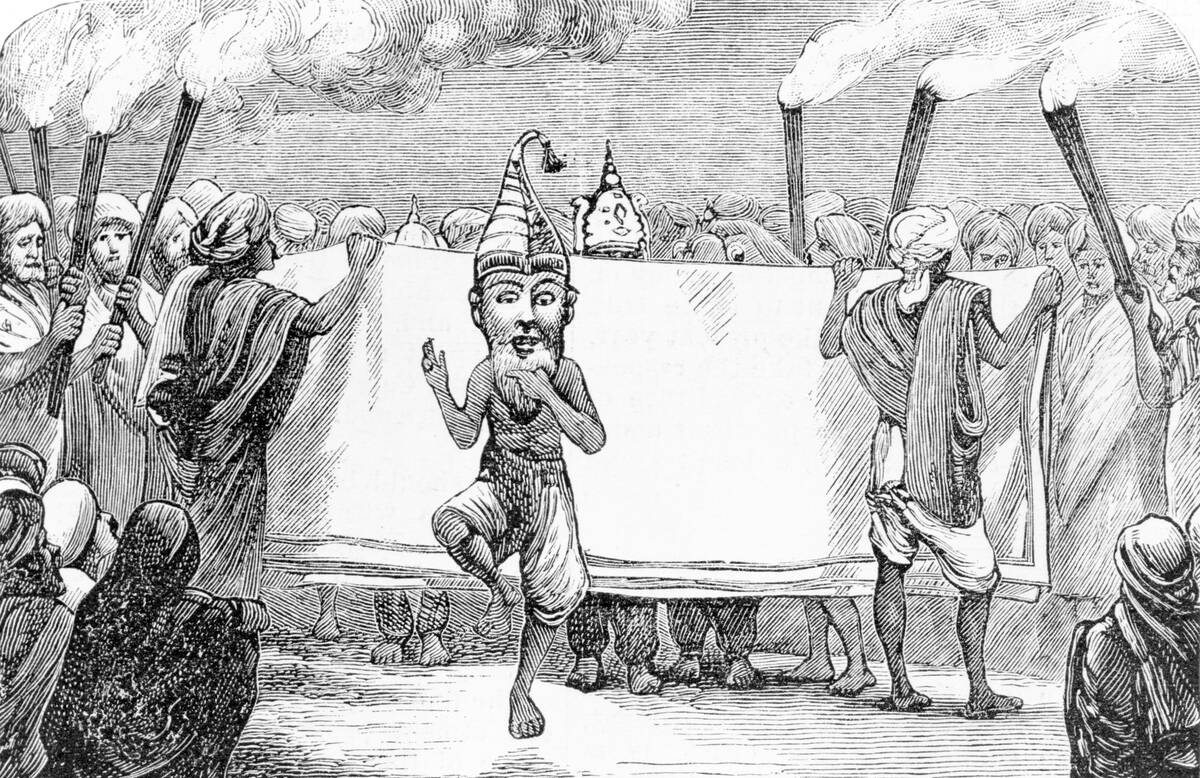
Fire has been central to human rituals and traditions across cultures and time. It represents purification, renewal, and a connection to the divine. Archaeological findings show that ancient societies used fire in burial rites, symbolizing the transition to the afterlife.
In many cultures, fire festivals celebrated the changing seasons and agricultural cycles, demonstrating fire’s cultural and spiritual importance. These traditions underscore fire’s role as a powerful symbol in human consciousness.
Fire and Social Gatherings: The Prehistoric Campfire
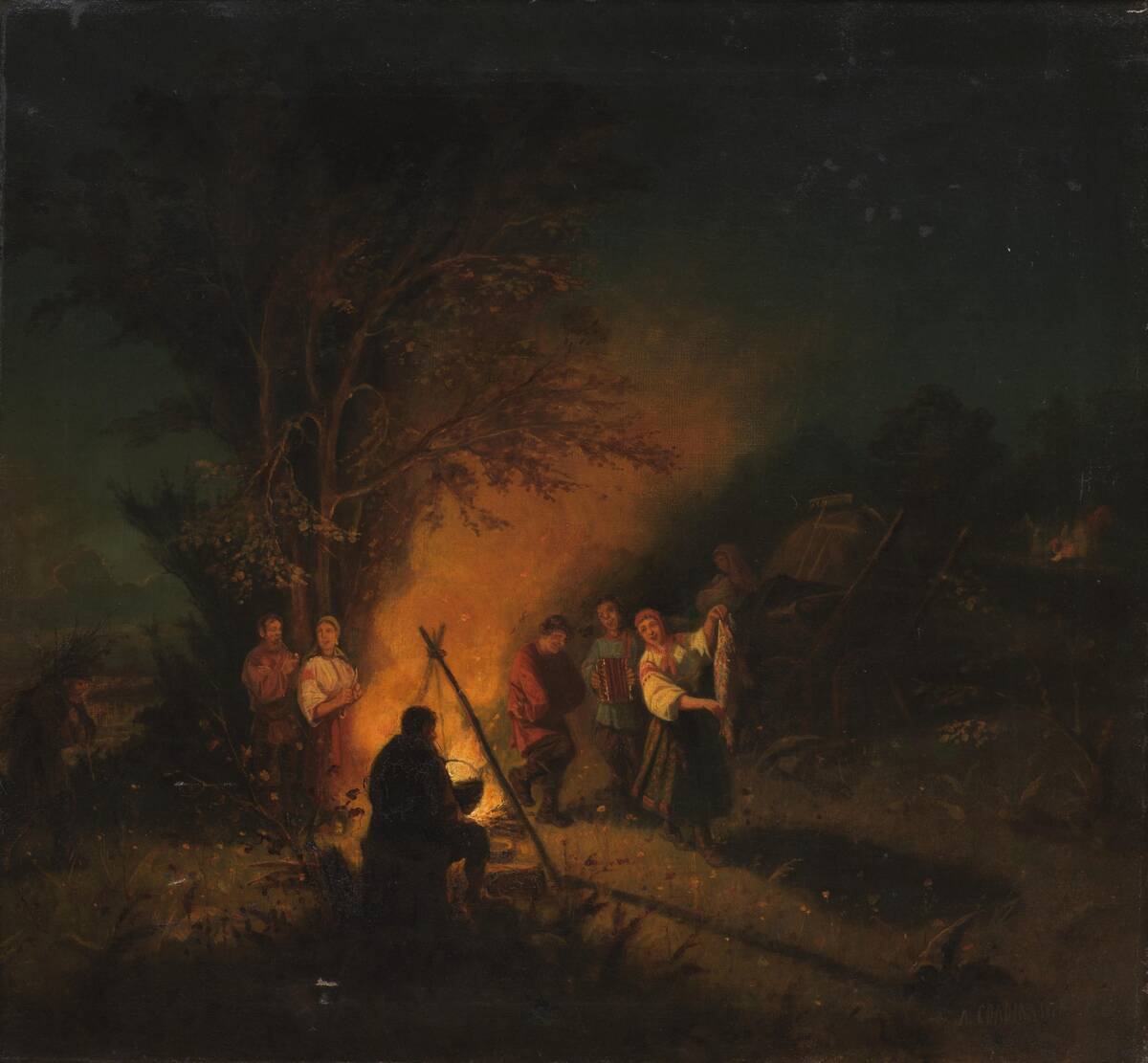
The campfire was the heart of prehistoric social gatherings, providing a space for storytelling, music, and bonding. It allowed early humans to extend their days, fostering a sense of community and shared experience.
This social aspect of fire use likely played a role in the development of language and cultural transmission. The warmth and light of a campfire created a safe haven, nurturing the social bonds that were vital for survival in the challenging prehistoric world.
Fire-Making Techniques of Early Humans
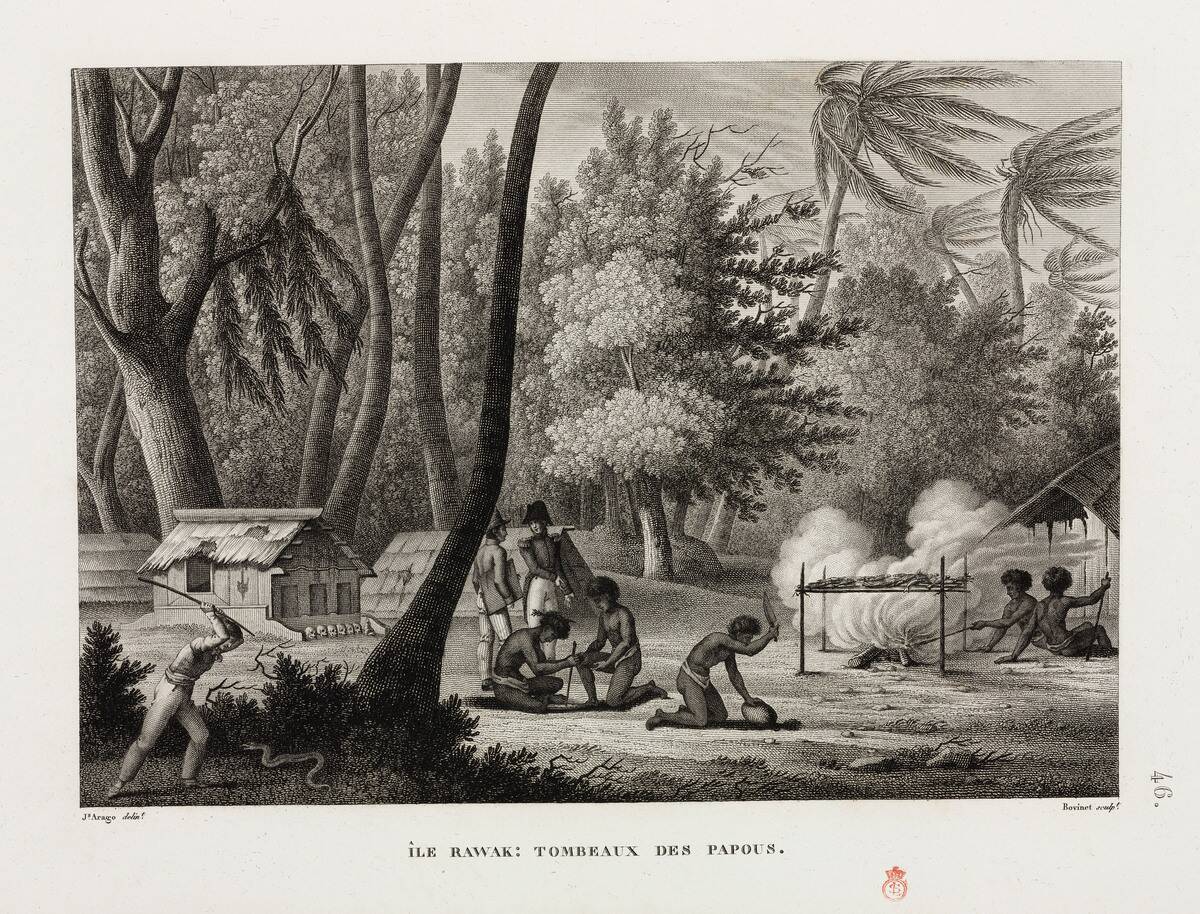
Early humans developed various techniques to create and maintain fire, including striking flint stones and using friction methods like the hand drill and bow drill. These methods required skill and knowledge, reflecting an understanding of materials and physics.
Mastery of fire-making was essential, as it meant the difference between warmth and cold, cooked and raw food. Such skills were passed down through generations, becoming a crucial part of human heritage and survival.
The Mystery of Fire Use in the Neanderthal World
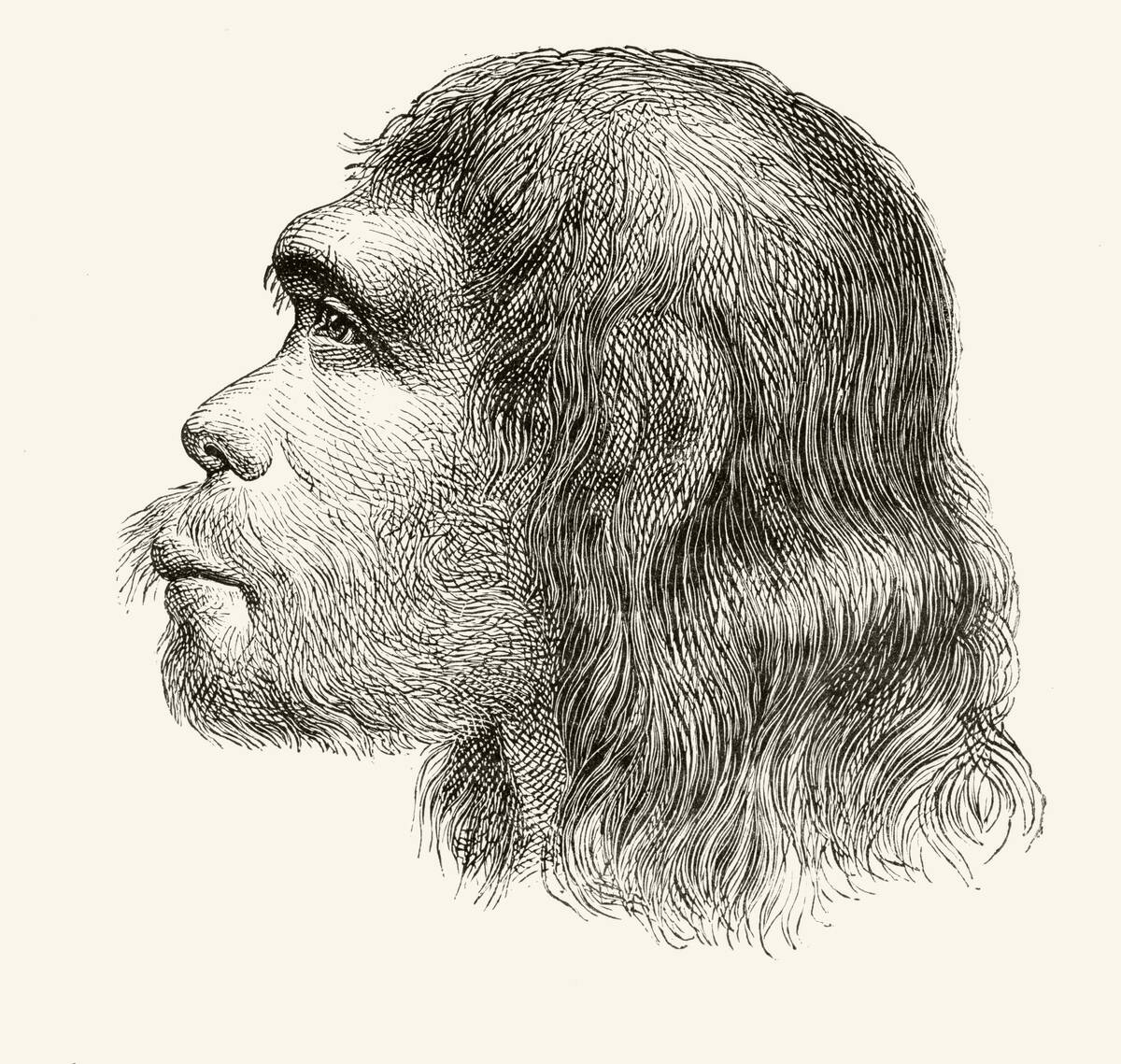
Neanderthals, our closest extinct relatives, also used fire, but the extent of their mastery remains a topic of debate. Evidence from sites like Pech-de-l’Azé in France suggests Neanderthals used fire for cooking, light and warmth.
However, whether they could make fire or relied on natural sources is still uncertain. The presence of hearths, charcoal and charred remains indicates a level of fire use, yet the mystery of their fire-making capabilities continues to intrigue researchers.
Fire’s Influence on Migration and Settlement Patterns
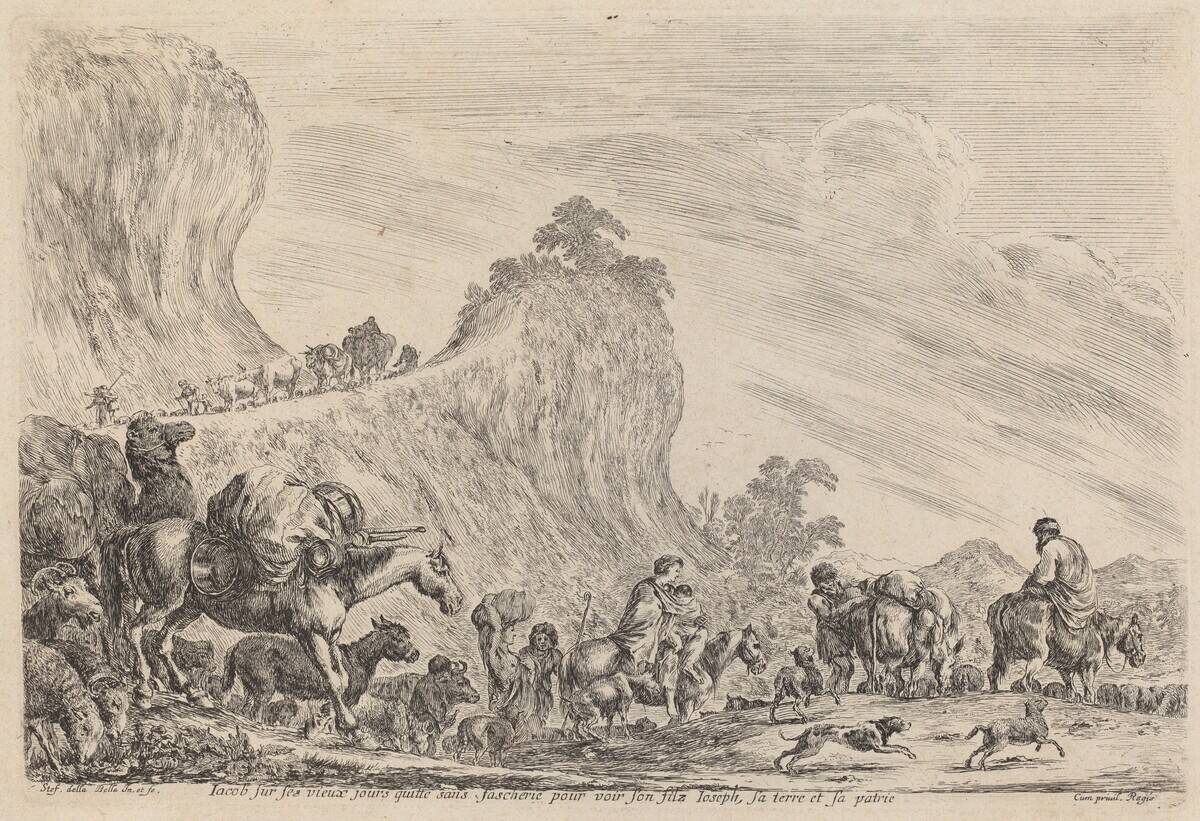
The use of fire greatly influenced human migration and settlement patterns. It allowed early humans to adapt to colder climates, facilitating the spread into Europe and Asia. Fire offered protection and warmth, enabling the establishment of settlements in diverse environments.
Evidence from archaeological sites shows how fire altered landscapes, creating more hospitable conditions for habitation. This adaptability was key to the success of human populations in new and challenging territories.
The Evolution of Fire Use: From Prehistory to Modernity
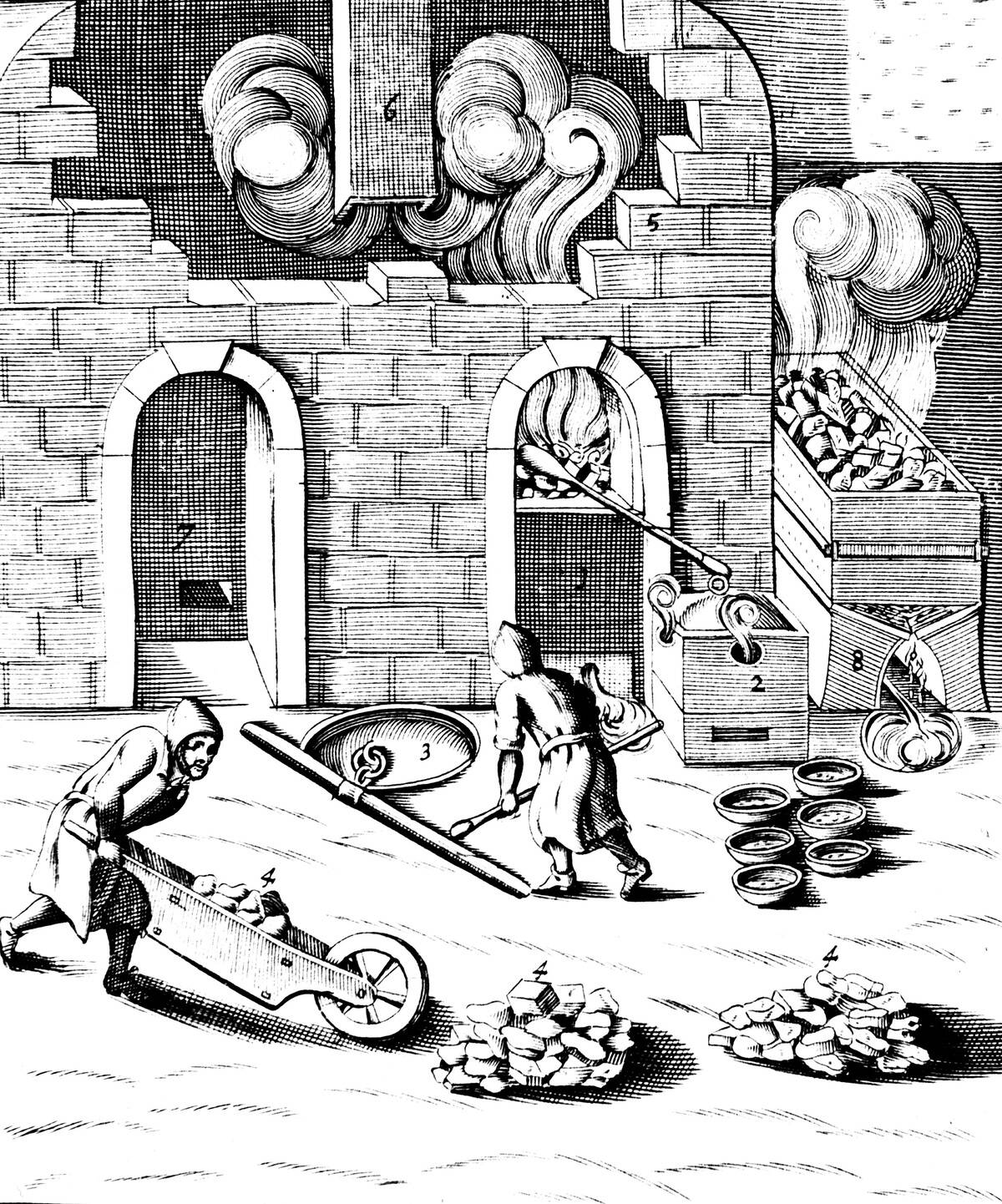
The evolution of fire use reflects humanity’s growing understanding and manipulation of this powerful element. From basic survival tool to a cornerstone of industry, fire has been integral in technological advancements.
The invention of metallurgy and the Industrial Revolution were fueled by fire, transforming societies and economies. Today, fire remains a vital part of modern life, from energy production to cooking, illustrating its enduring legacy and adaptability in human history.
The Role of Fire in Art and Symbolism
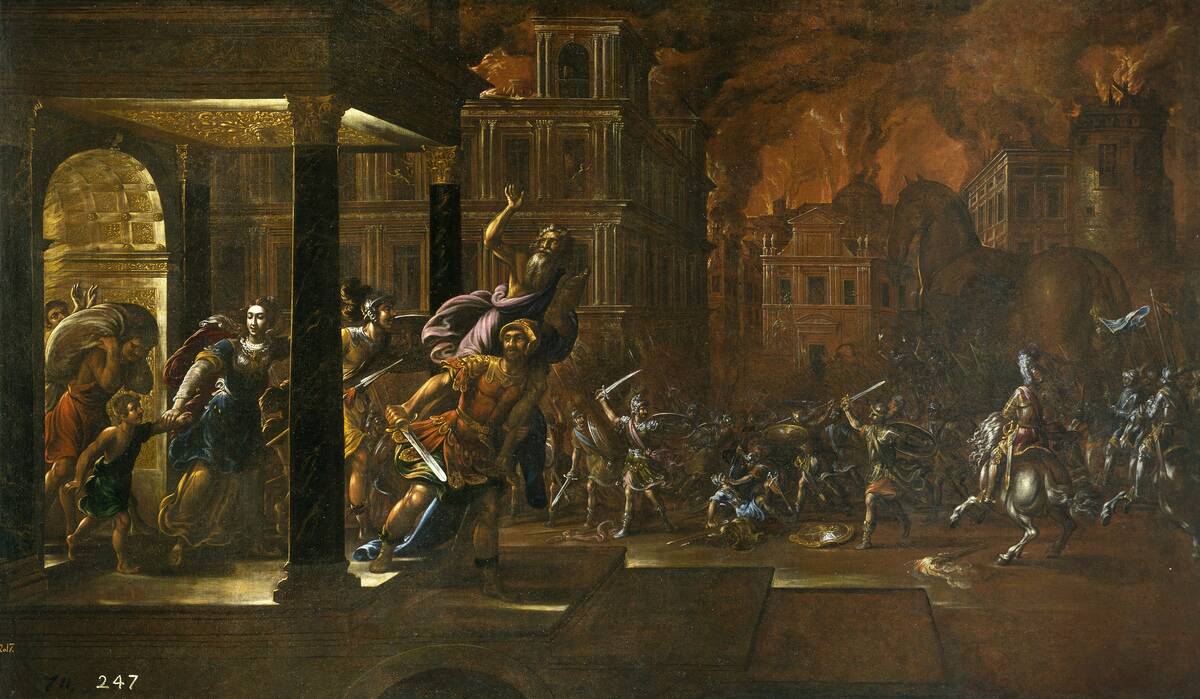
Fire has long been a source of inspiration in art and symbolism, representing creation, destruction, and transformation. Ancient cave paintings often depict fire-related scenes, suggesting its importance in early human culture.
In mythology, fire is frequently associated with gods and creation myths, embodying both life-giving and destructive powers. These artistic and symbolic representations highlight fire’s dual nature and its profound impact on human imagination and cultural expression.
How Fire Shaped Early Human Technology
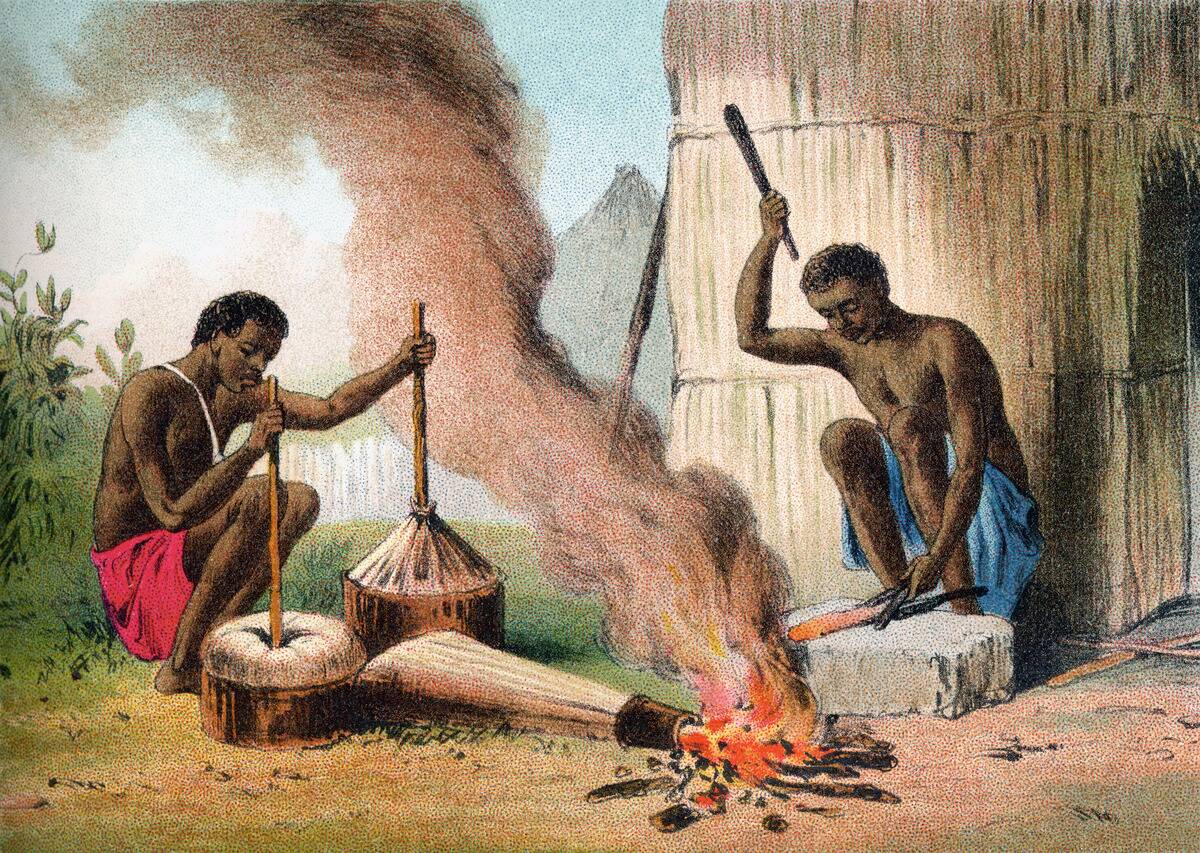
Fire was a catalyst for technological innovation in early human societies. It enabled the development of new tools and materials, such as pottery and metalworking. The ability to control fire allowed humans to create stronger, more durable tools, facilitating advancements in agriculture and construction.
This technological leap not only improved efficiency and survival but also laid the groundwork for future innovations, demonstrating fire’s pivotal role in human progress.
Fire’s Impact on Human Communication and Language Development
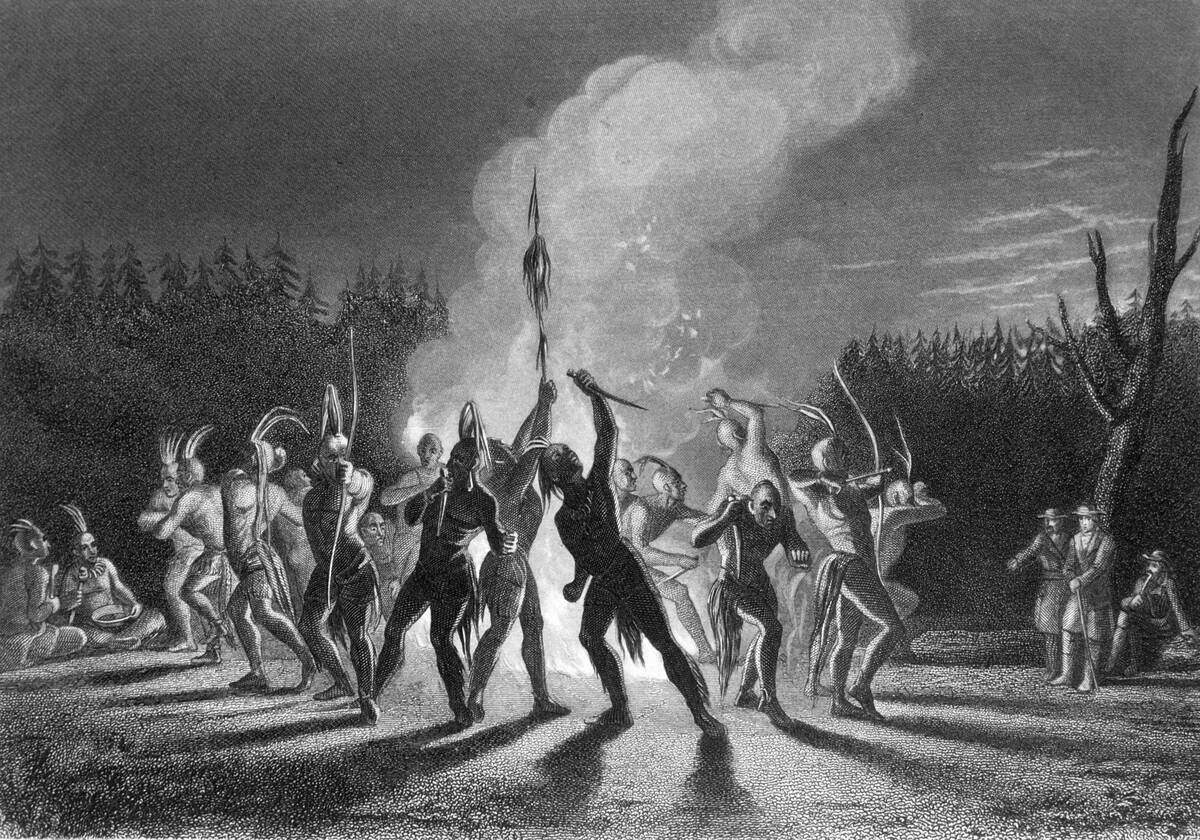
The gathering around fires likely played a crucial role in the evolution of communication and language. The social setting of a campfire provided opportunities for storytelling and the sharing of knowledge, fostering complex language development.
This environment encouraged the use of gestures, expressions, and vocalizations, which were key to the evolution of sophisticated communication. Thus, fire not only influenced physical survival but also the cognitive and social aspects of human life.
Fire Myths and Legends: Fanning the Flames of Imagination

Throughout history, fire has sparked myths and legends across cultures, symbolizing power, transformation, and renewal. From the Greek myth of Prometheus, who stole fire from the gods, to the Hindu tale of Agni, the fire deity, these stories reflect humanity’s awe and respect for fire.
Such myths often explain natural phenomena and human experiences, illustrating fire’s central place in the human imagination and its enduring influence on cultural narratives.



